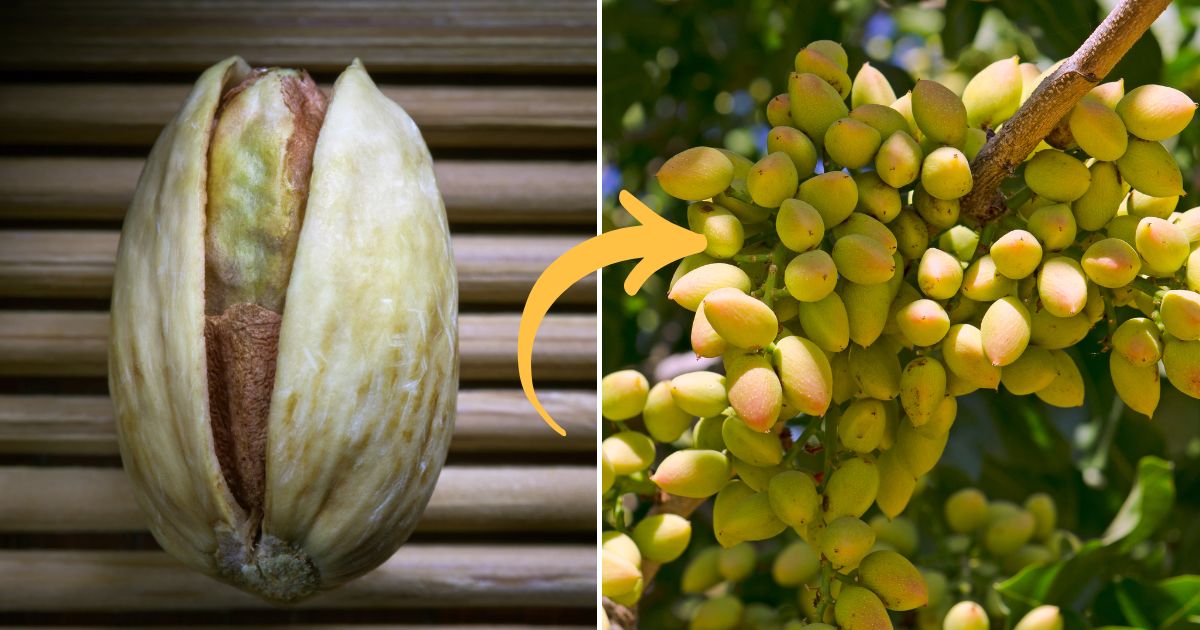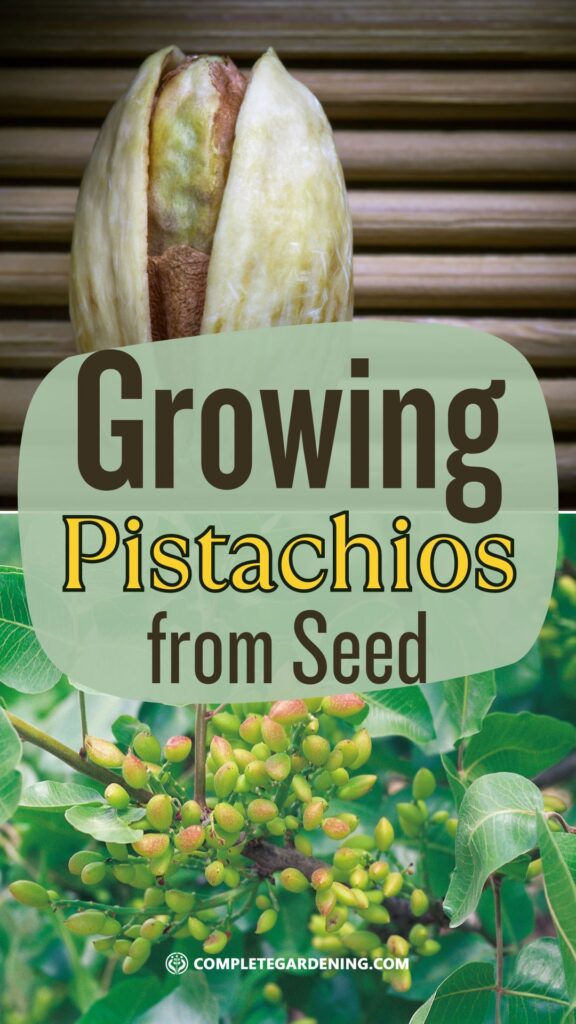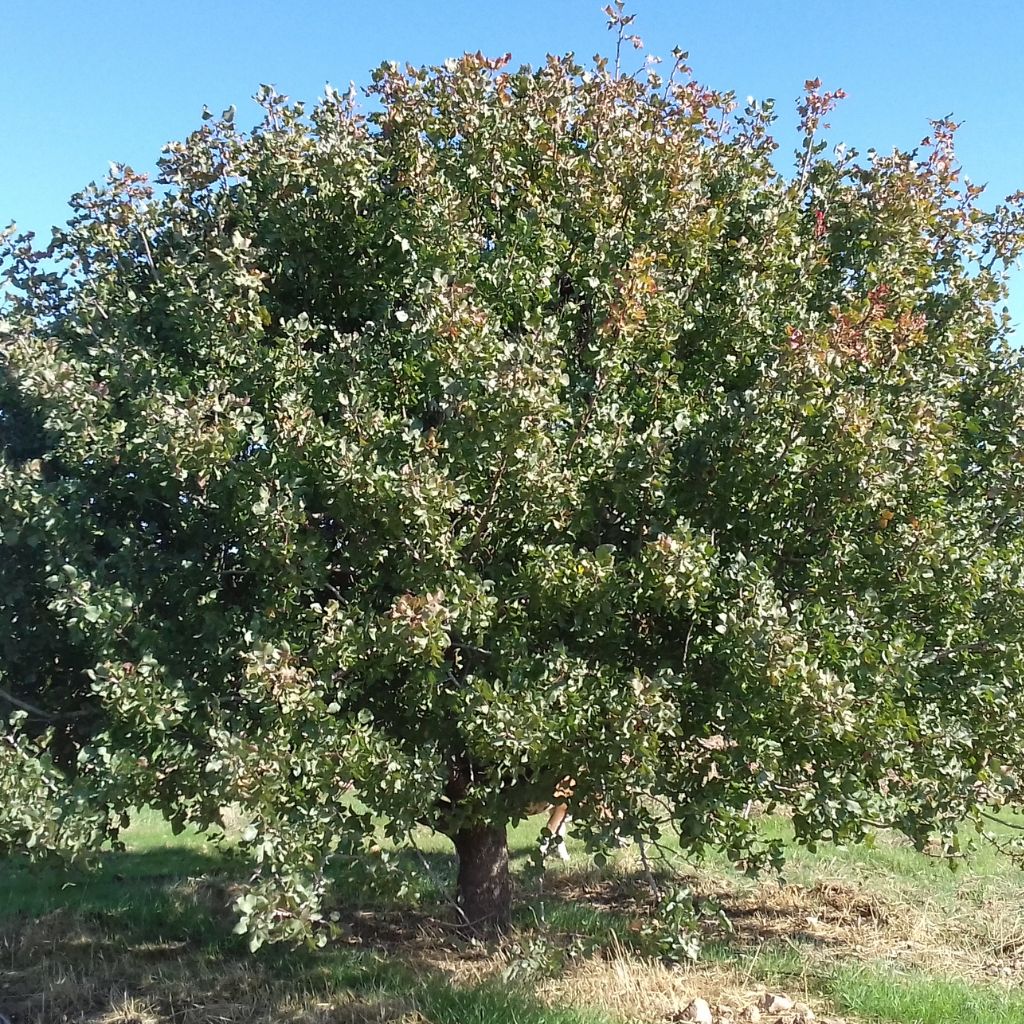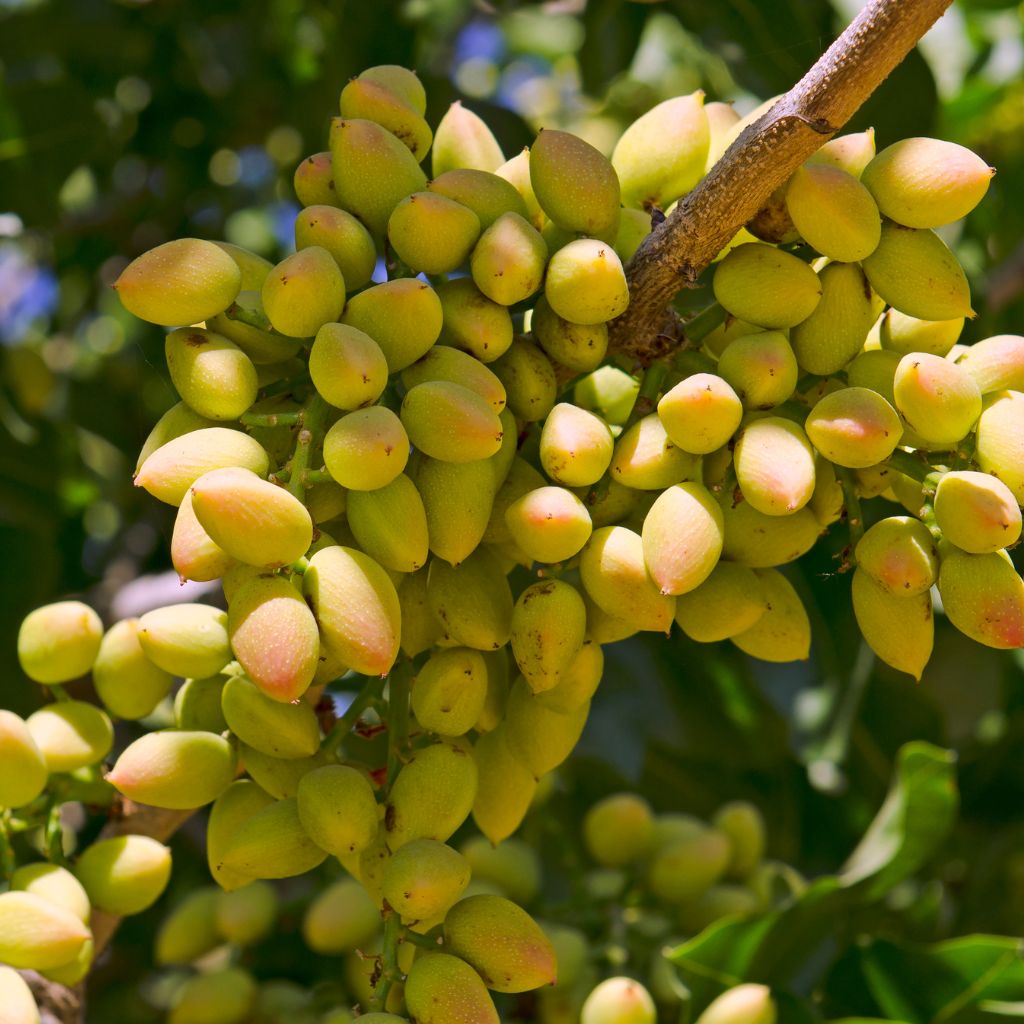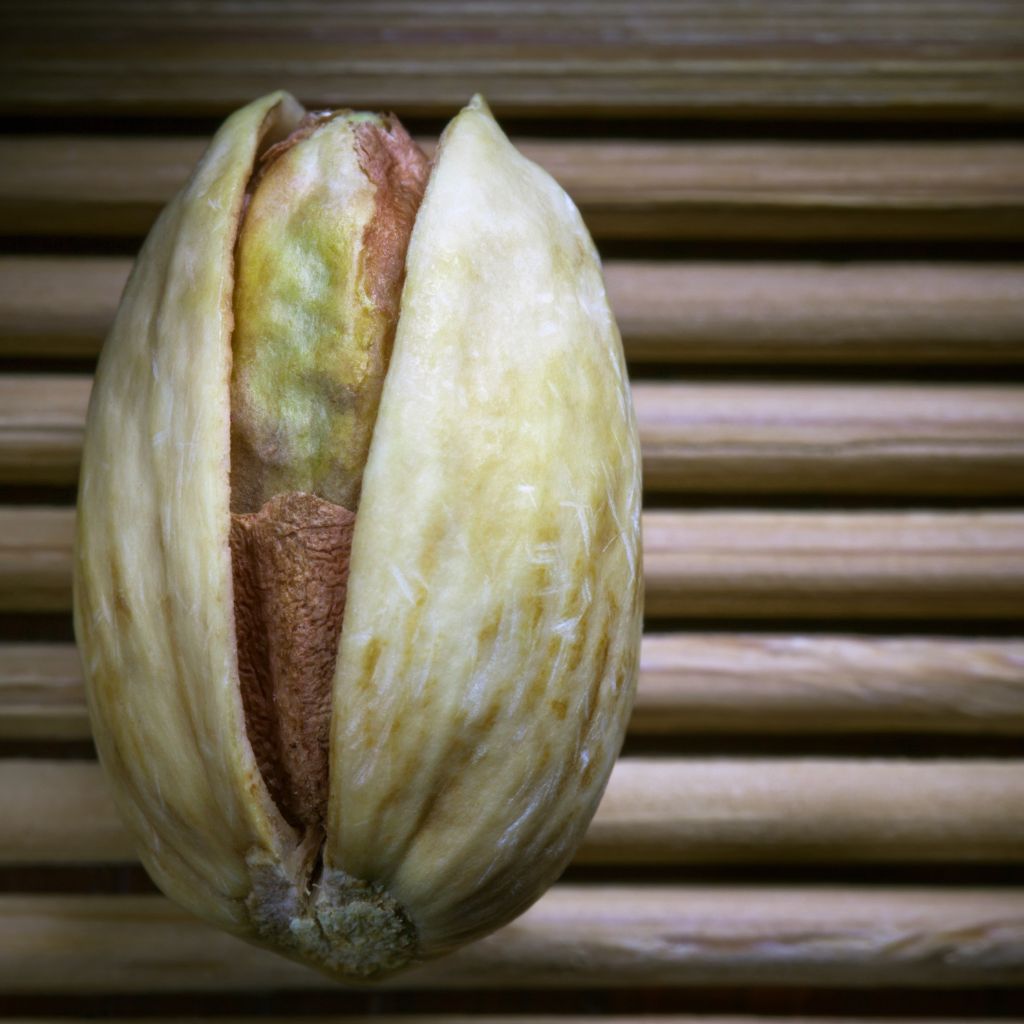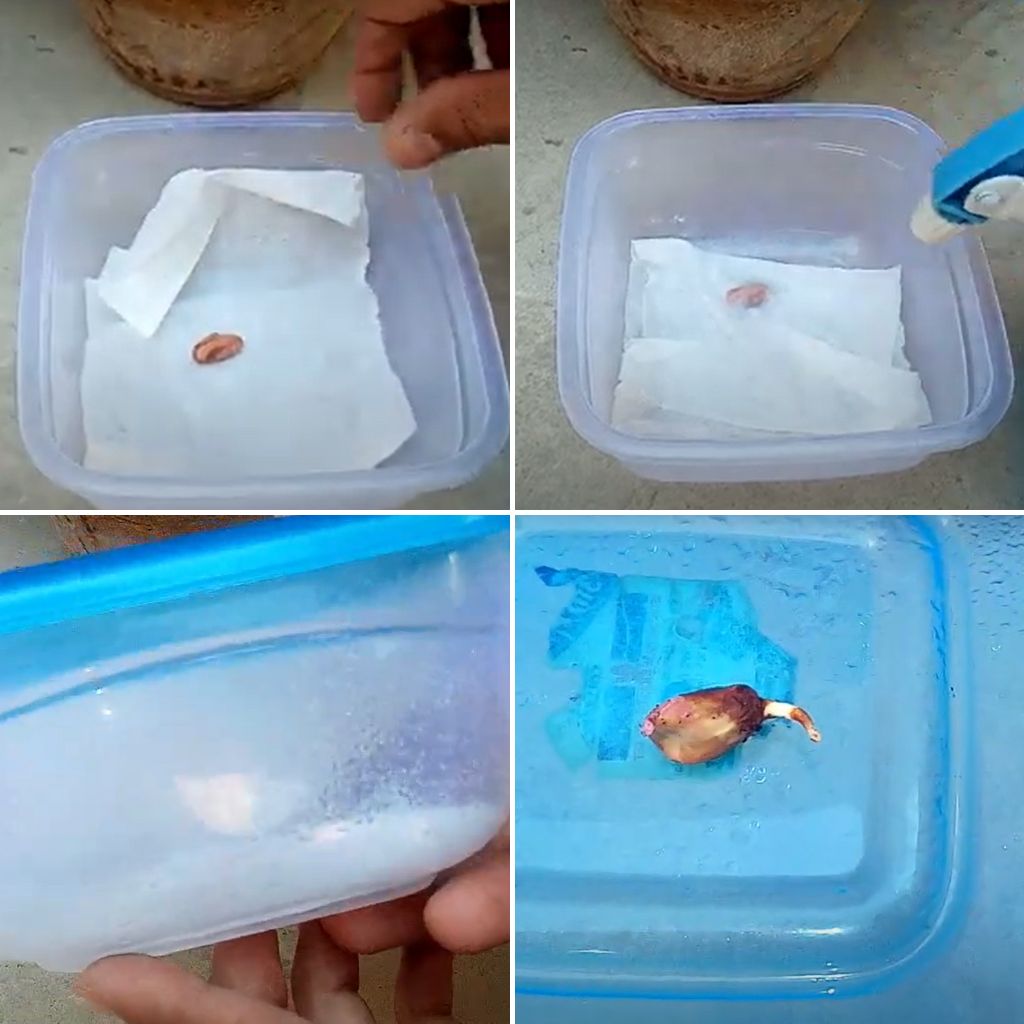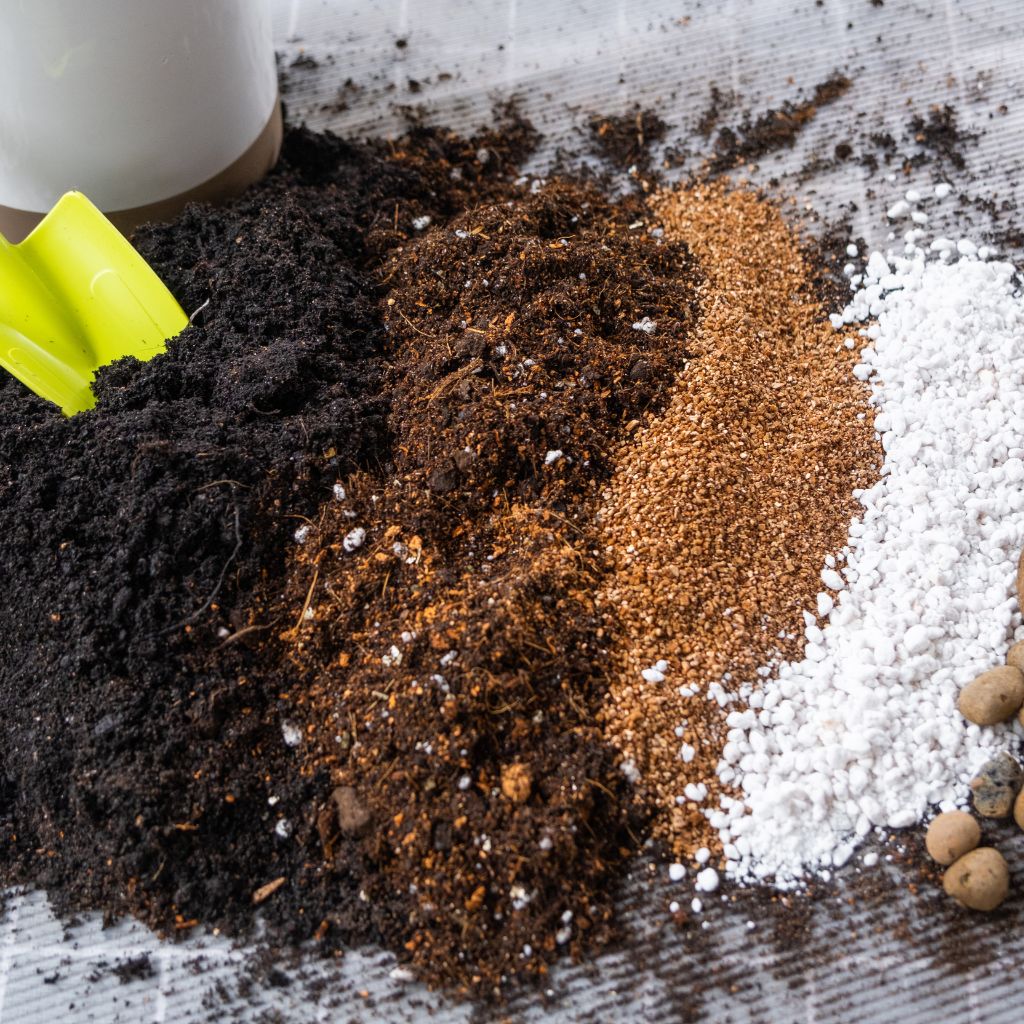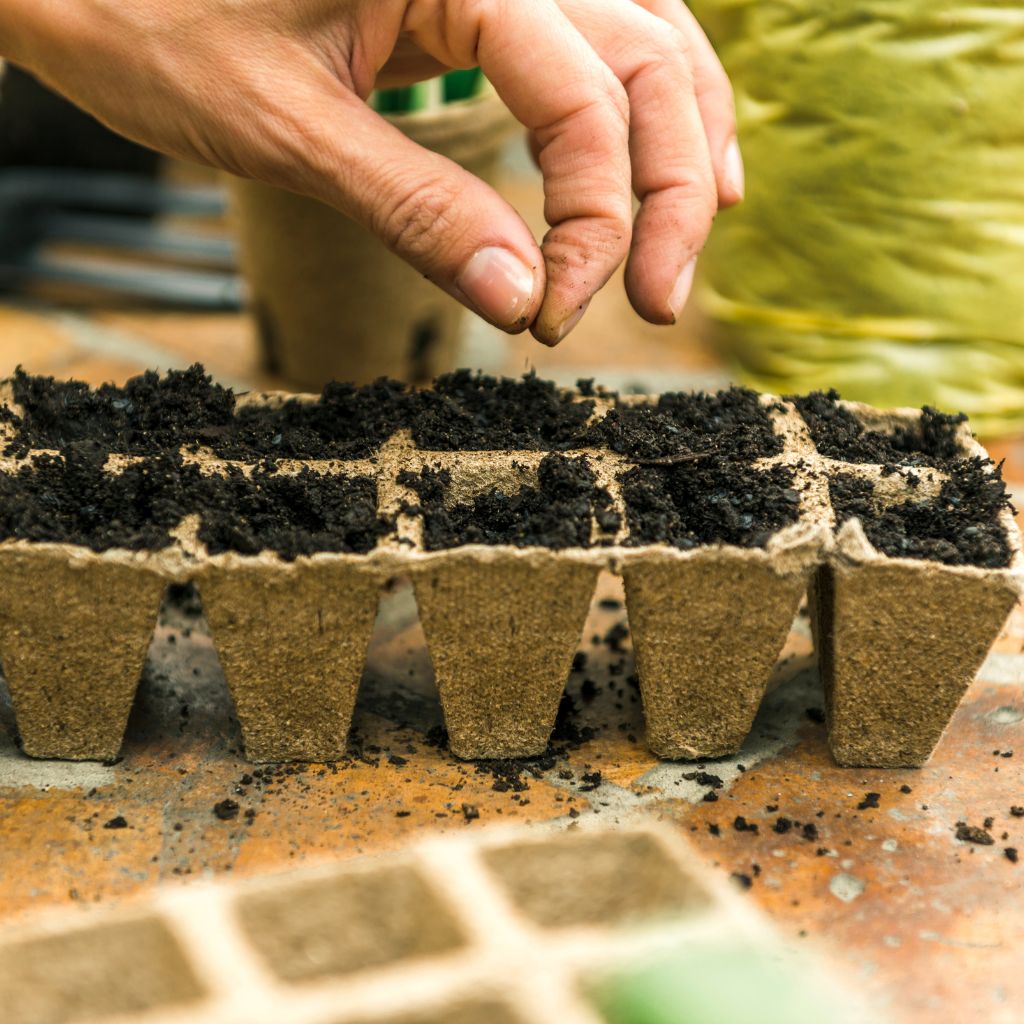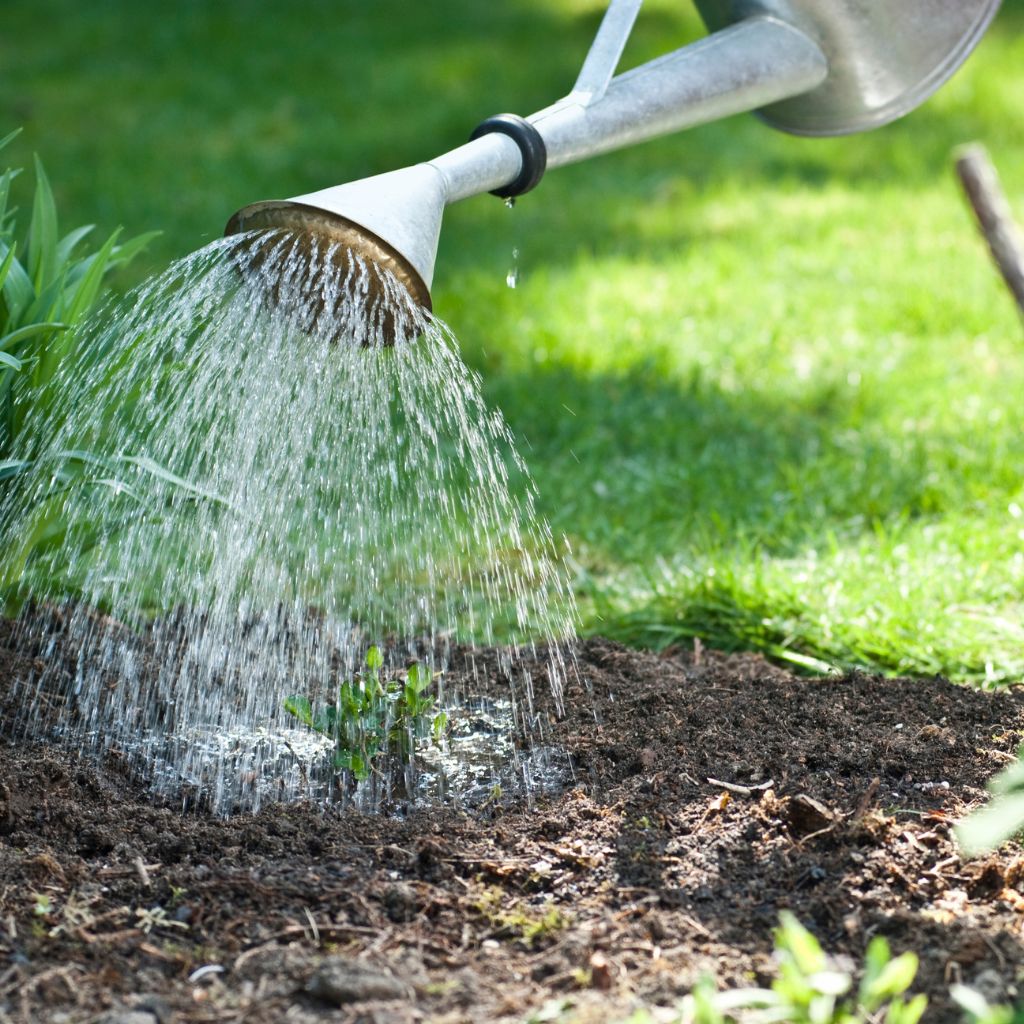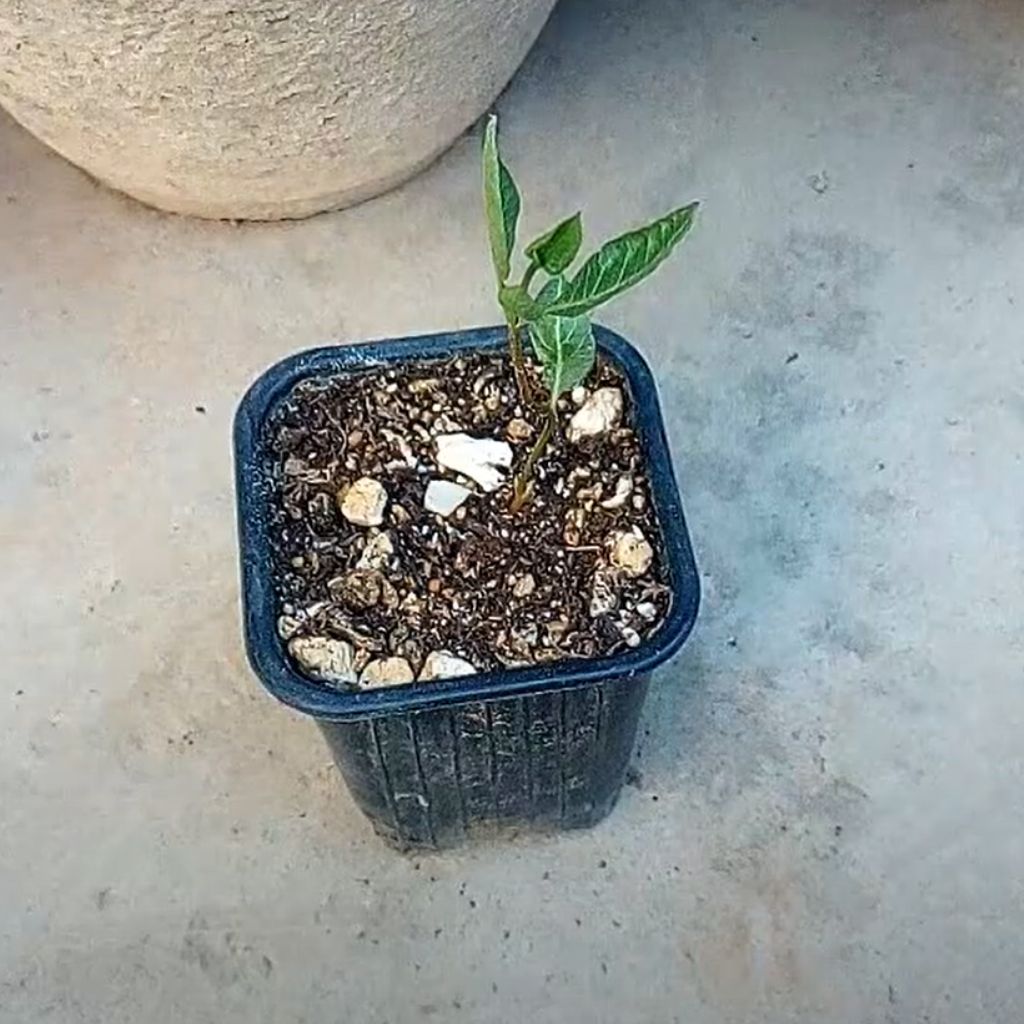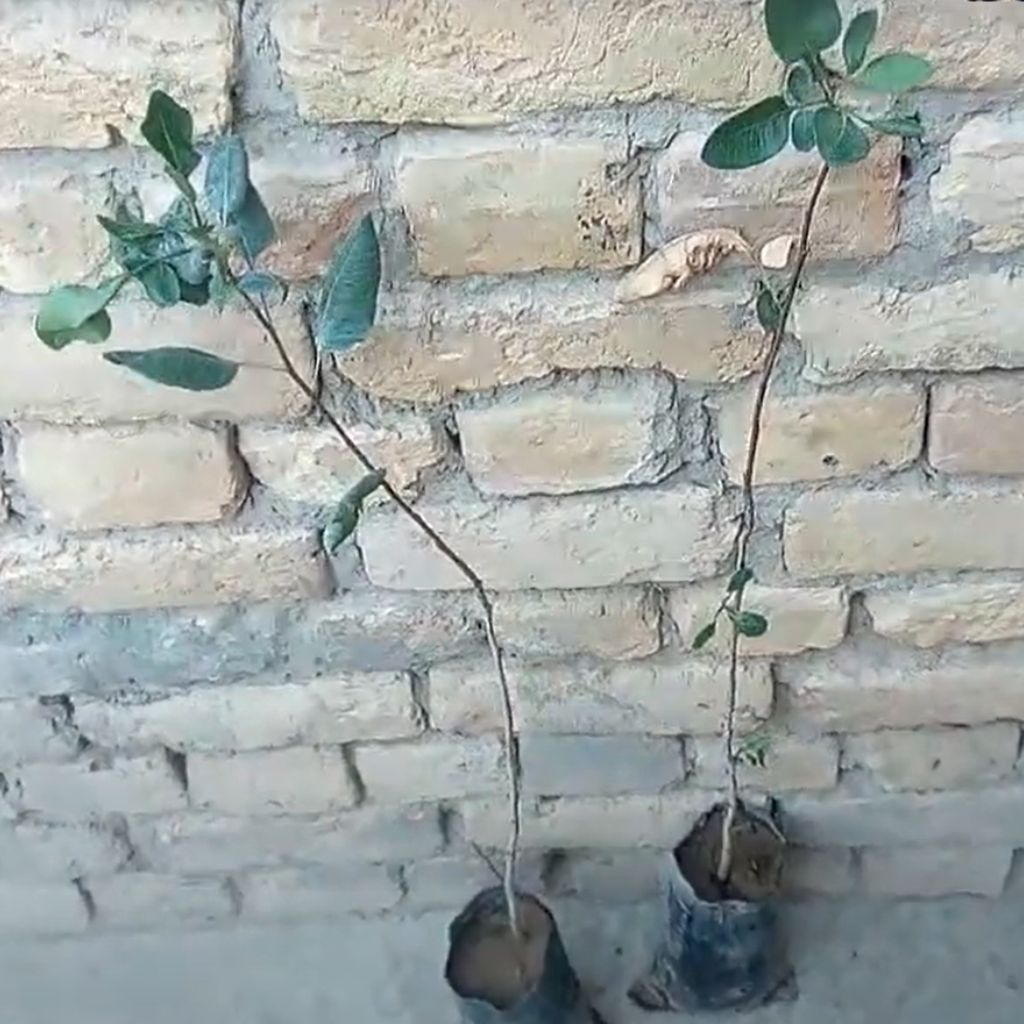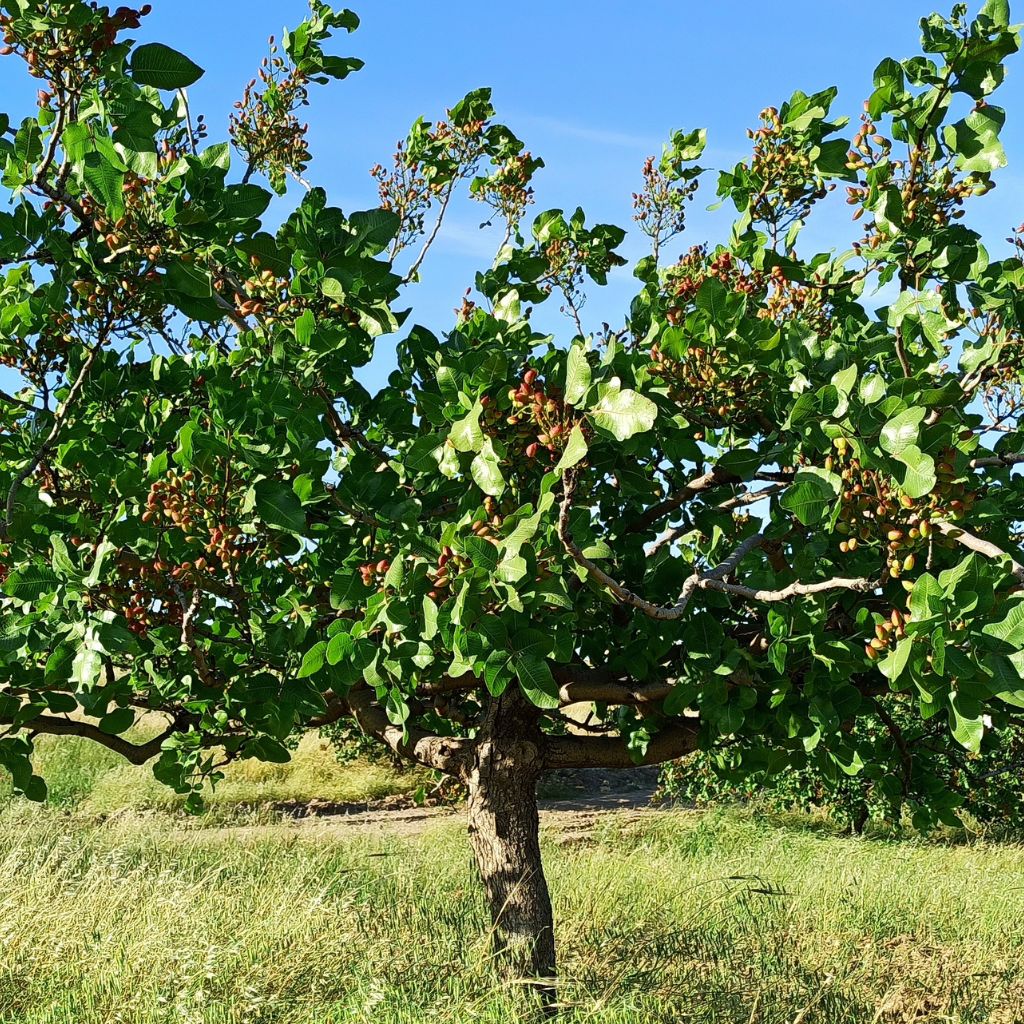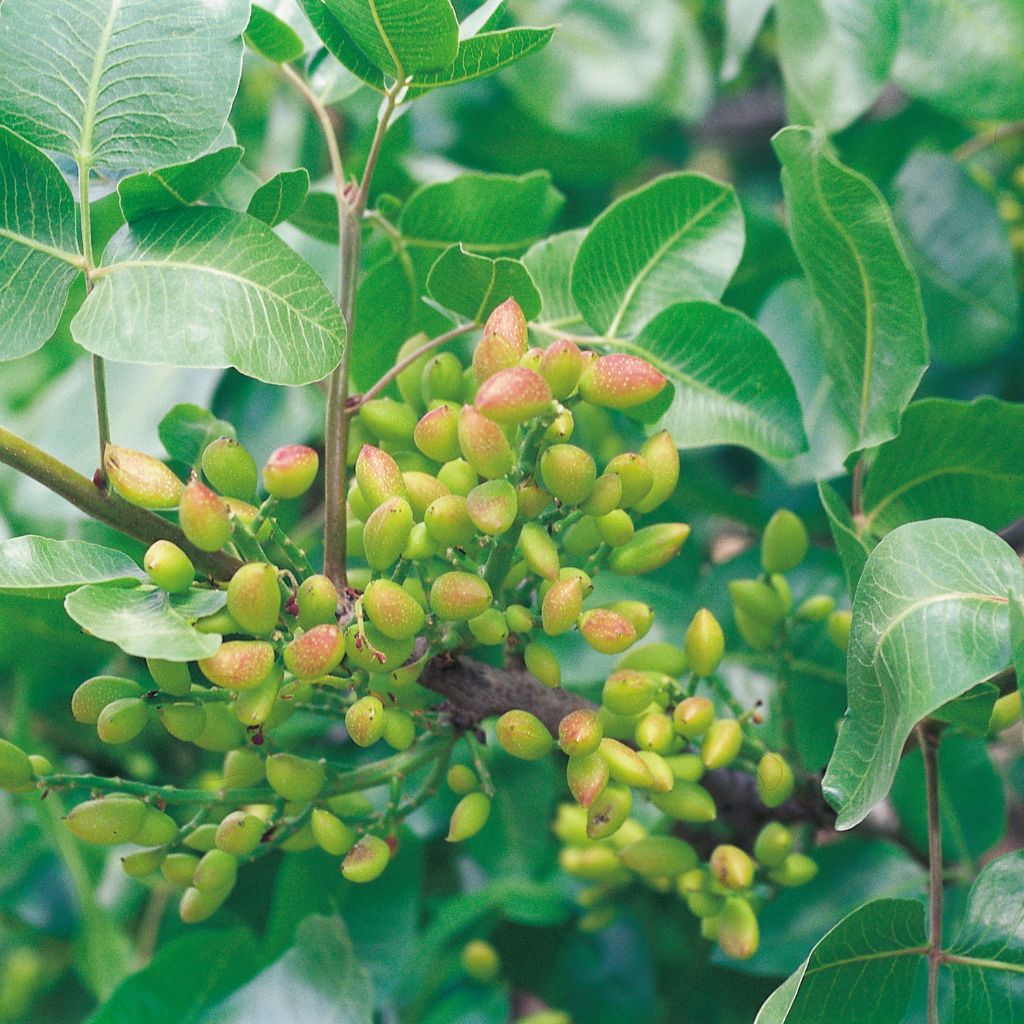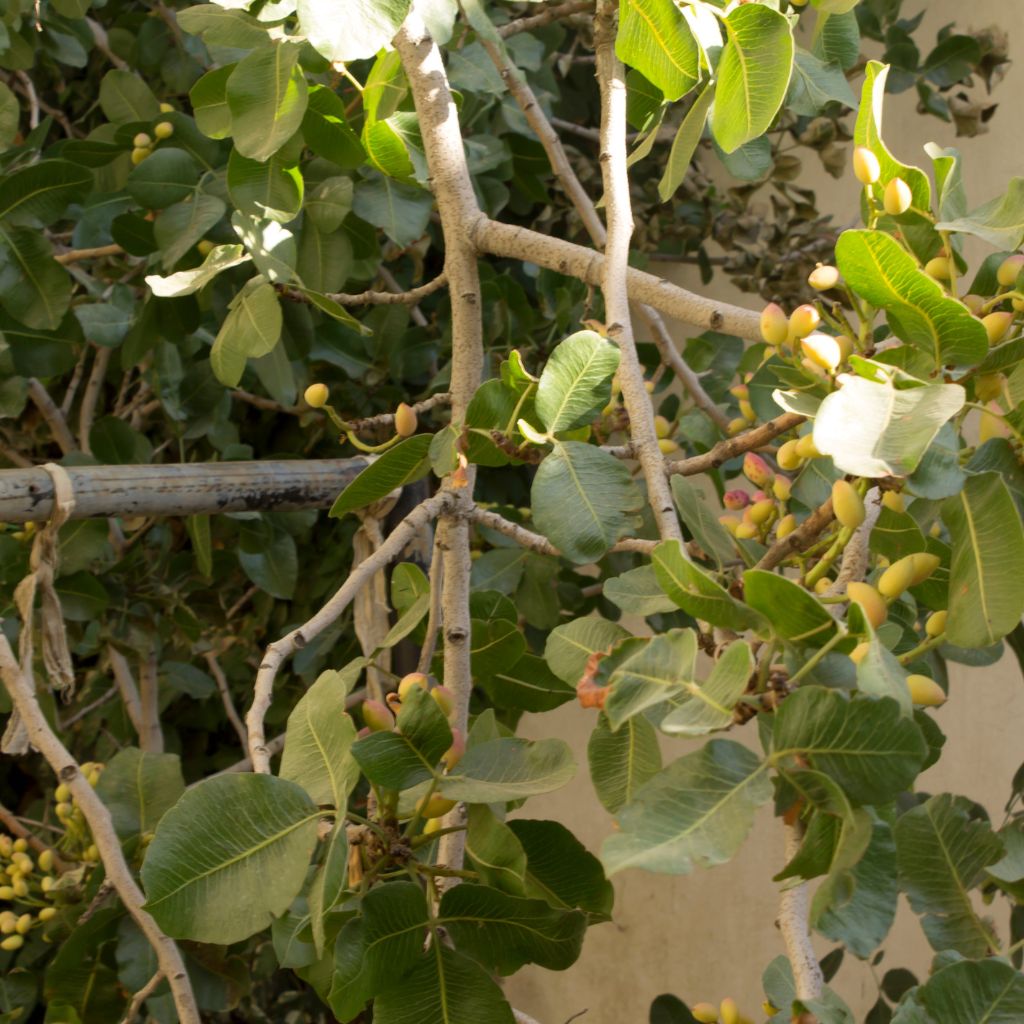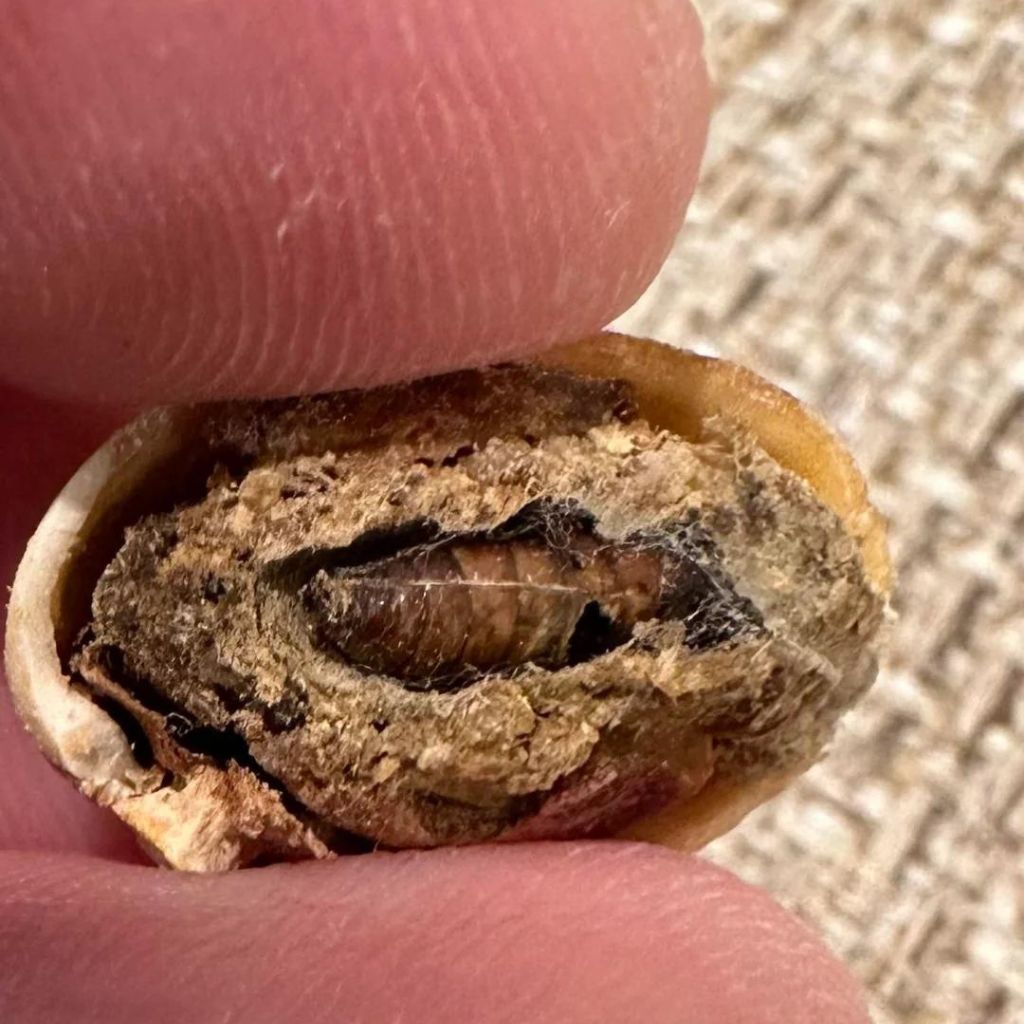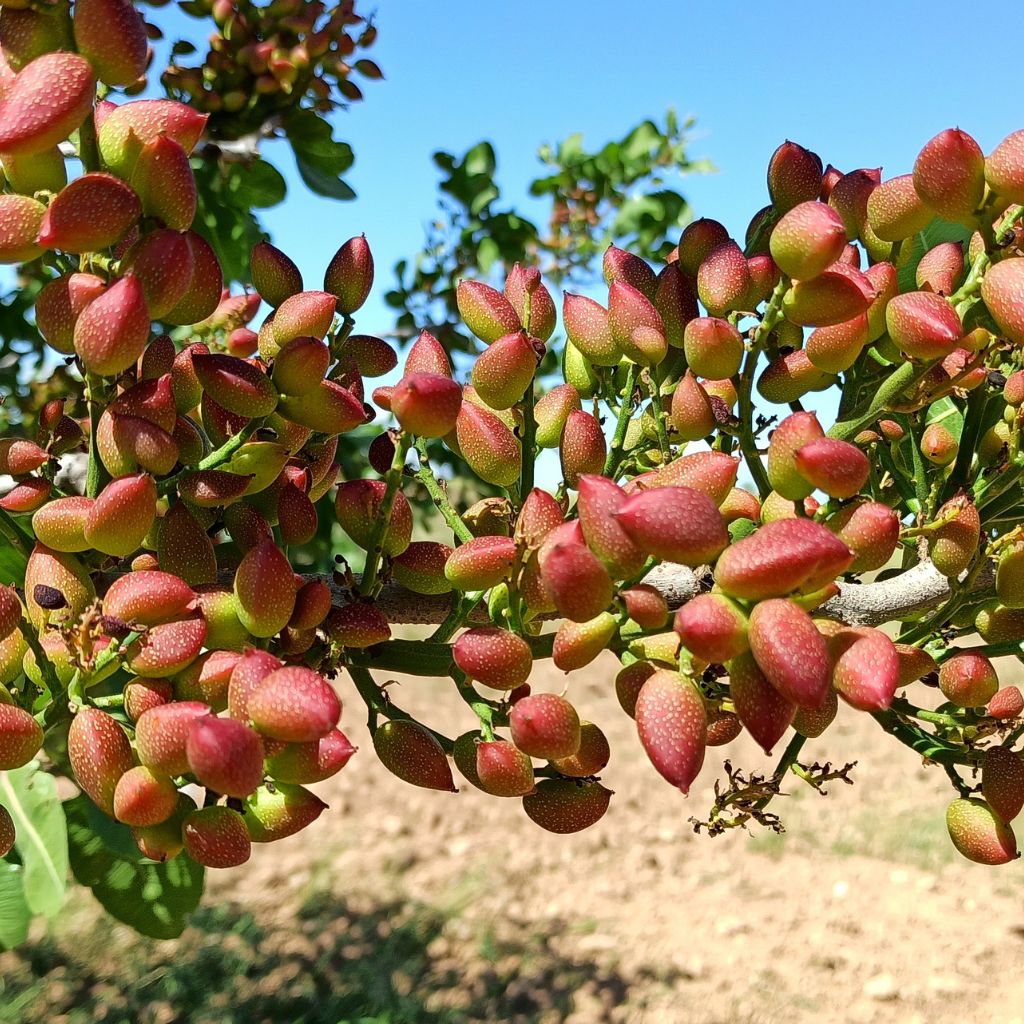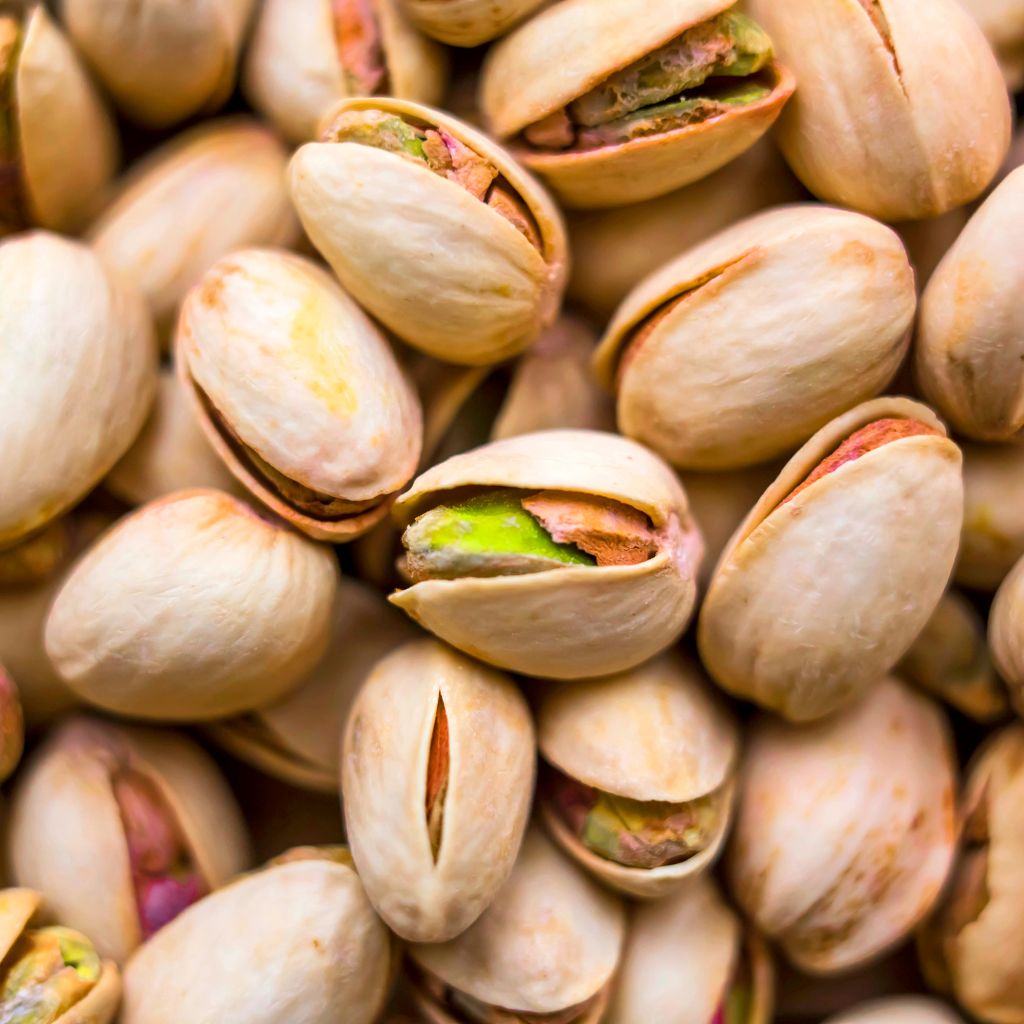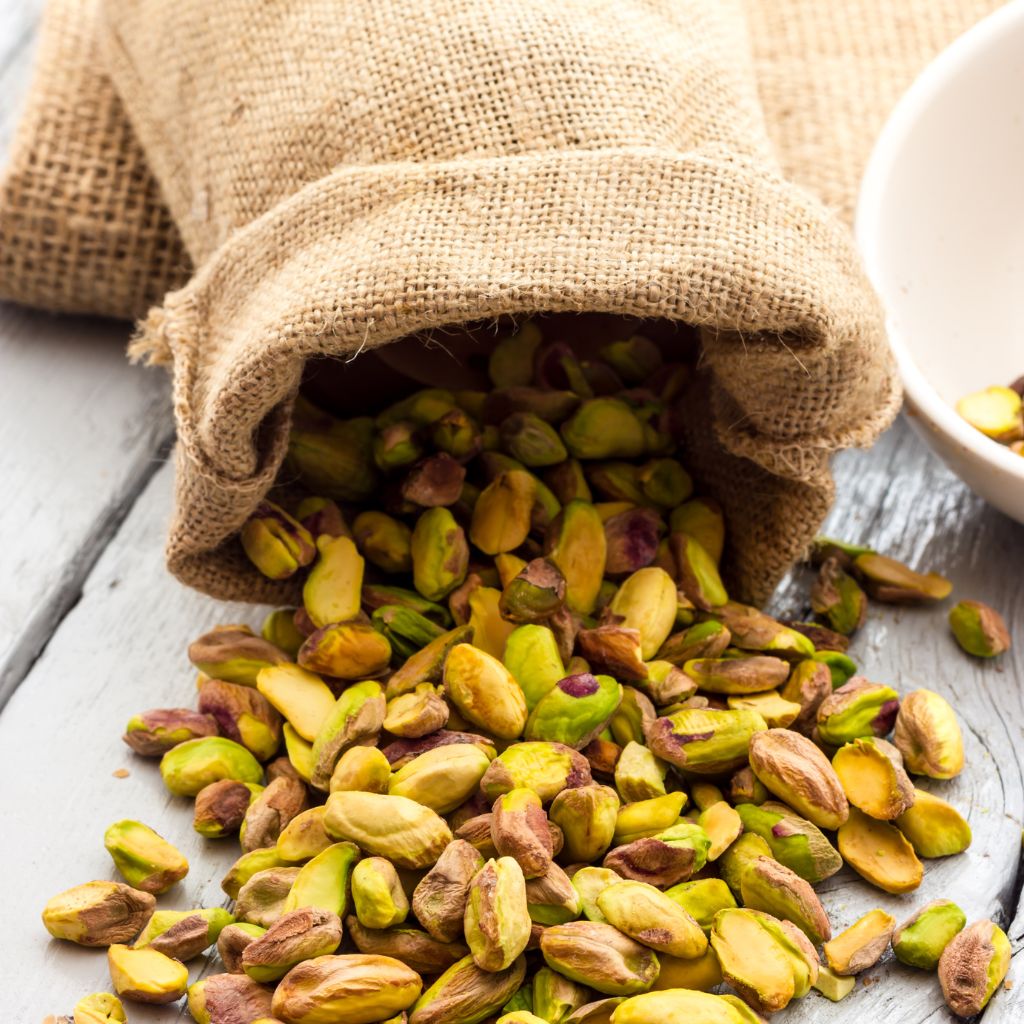Growing pistachios from seed at home can be a rewarding endeavor for any gardening enthusiast.
With the right techniques and a little patience, you can successfully nurture these delicious nuts from tiny seeds into fruitful trees.
This blog post will guide you through the essential steps of planting, caring for, and eventually harvesting your very own pistachios.
As you embark on this gardening journey, keep in mind that growing pistachios can take time, as these trees often require several years before they begin to bear fruit. Embrace the anticipation and watch your efforts blossom into a fruitful harvest.
Understanding Pistachios
To get started, you’ll need to understand the specific requirements for pistachio trees, such as climate, soil conditions, and water needs.
Pistachios are unique and rewarding nuts to grow at home. You’ll discover the characteristics of the pistachio tree and the advantages of cultivating these delicious nuts yourself.
The Pistachio Tree
The pistachio tree (Pistacia vera) thrives in warm climates, preferring USDA zones 8 to 11. This tree can reach heights of 20 to 30 feet and typically requires well-drained soil with a pH of 7.0 to 7.6.
Key characteristics include:
- Drought tolerance: Once established, they need minimal watering.
- Deciduous nature: They shed leaves in winter, allowing them to conserve energy.
- Male and female trees: Pistachios require both to produce nuts, so plan for at least one of each.
Plant your tree in a sunny location to ensure healthy growth and optimal nut production.
Benefits of Home-Grown Pistachios
Growing pistachios at home provides several advantages. First, home cultivation allows you to enjoy fresh and organic nuts without pesticides.
Other benefits include:
- Cost-effective: Once established, these trees can produce nuts for years with minimal additional costs.
- Sustainable gardening practice: You contribute to biodiversity and reduce reliance on store-bought nuts.
- Quality control: You can monitor the ripening process and harvest at the ideal time for maximum flavor.
Engaging in this rewarding endeavor not only enhances your gardening skills but also offers delicious rewards.
Getting Started
Starting your journey to grow pistachios from seed is exciting. It involves selecting the right seeds and gathering necessary tools and materials. Here’s how to take those first steps effectively.
Selecting Pistachio Seeds
Choosing quality seeds is crucial for successful growth. Look for seeds from reliable sources, preferably from a nursery specializing in pistachios. This ensures you get viable seeds rather than those that are dried out or improperly stored.
You can also consider purchasing seeds online. Aim for seeds that are labeled as “fresh” and specifically for planting.
If you have access to pistachios, select seeds from fully mature nuts that you’ve eaten. Make sure these nuts are not roasted, as heat can kill the seed inside.
Tools and Materials Needed
Gathering the right tools will simplify the process. Here’s a quick list of what you need:
- Containers: Small pots or seed trays with drainage holes.
- Potting Soil: Use well-draining soil, as pistachios prefer a dry environment.
- Watering Can: For controlled watering, avoiding over-saturation.
- Plastic Wrap: To create a mini-greenhouse effect.
You’ll also need labels to mark your pots and a sunny location to place them.
Adequate sunlight is essential for germination, so choose a spot that receives plenty of light throughout the day. Having everything on hand will help your experience go smoothly.
Seed Preparation
Preparing seeds properly is essential for successful growth. This involves two key processes: stratification and germination. Each step plays a critical role in helping your pistachio seeds thrive.
Stratification Process
Stratification mimics natural conditions that seeds experience in winter. This process is crucial for breaking dormancy in pistachio seeds.
1. Cold Stratification: Place your seeds in a damp paper towel. Wrap the towel around the seeds and put it in a plastic bag. Store the bag in the refrigerator for about 6-8 weeks.
2. Check Moisture: Ensure the towel remains damp, but not soggy. You may need to adjust moisture levels during storage.
3. Timing: You can start this process in late winter or early spring. It prepares the seeds for germination when the weather warms up.
Germination Techniques
Once you complete stratification, it’s time to germinate the seeds. This step involves providing the right conditions for growth.
Soaking Seeds: Before planting, soak your seeds in water for 24 hours. This helps to further soften the seed coat.
Planting: Use small pots filled with well-draining soil. Plant the seeds about an inch deep.
Watering: Keep the soil moist but not waterlogged.
Warmth and Light: Place the pots in a warm area with indirect sunlight. Seeds typically germinate within 2-4 weeks, depending on conditions.
Planting Procedure
Getting the planting process right is crucial for your pistachio seeds. You’ll need to pay attention to soil type, the process of sowing, and ongoing care through watering and fertilization.
Soil Requirements
Choose well-draining soil for your pistachios. A sandy or loamy mixture is ideal, as it prevents waterlogging, which can lead to root rot.
- Aim for a pH level between 7.0 and 8.0, which is slightly alkaline.
- You can enhance drainage by mixing organic matter or coarse sand into your soil.
Before planting, make sure your soil is loose and aerated. You may want to test the soil moisture too, ensuring it is damp but not saturated.
Sowing the Seeds
Once you’ve prepared the soil, it’s time to sow the seeds. Plant the seeds about 1-2 inches deep, with the pointed end facing downward.
- Space seeds approximately 10-12 inches apart to allow for growth.
- You can sow seeds in pots or directly in the ground, depending on your preference.
If you’re using pots, ensure they have drainage holes for excess water. Cover the seeds with soil and gently firm it down. Water lightly after planting to settle the soil around the seeds.
Watering and Fertilization
Water your newly sown seeds gently, keeping the soil consistently moist but not overly wet.
- Focus on regular watering, especially during dry spells. Aim for about 1 inch of water per week.
- Fertilize with a balanced fertilizer, starting about four weeks after sowing.
Use a slow-release fertilizer formulated for fruit trees. This will support healthy growth as the seedlings develop. Monitor the moisture level, especially during hotter months, to ensure optimal conditions for germination.
Caring for Your Seedlings
Your seedlings need the right conditions to thrive. Proper light, temperature, and training will all contribute to healthy growth. Here’s how to ensure your pistachio seedlings receive the best care.
Proper Light Exposure
Pistachio seedlings require plenty of light to grow strong and healthy. Aim for 12 to 14 hours of bright, indirect sunlight daily. If you’re growing indoors, consider using grow lights to supplement natural light.
Position the seedlings about 12 inches from the light source to prevent scorching. Rotate the pots every few days to promote even growth. If you notice the seedlings leaning towards the light, it may be a sign they need more exposure.
Signs of inadequate light include stunted growth and pale leaves. Keep a close eye on your seedlings, and adjust their light conditions as necessary.
Managing Temperature and Humidity
Pistachio seedlings prefer a warm climate with temperatures between 70°F to 85°F (21°C to 29°C). Avoid exposing them to cold drafts or sudden temperature changes. If temperatures drop significantly, consider using a heat mat.
Humidity should be maintained at around 30% to 50%. You can use a simple humidity tray filled with water and pebbles to increase moisture.
Check the leaves for signs of stress, such as curling or browning. Keeping the environment stable will help your seedlings grow without interruption.
Pistachio Tree Training
As your seedlings grow, it’s important to establish a strong structure. Begin training your pistachio tree when it has about four sets of true leaves. Use light stakes to support the young plants, ensuring they grow upright.
Pinch off the tips of the seedlings to encourage bushier growth. Also, remove any dead or weak stems to redirect energy to healthier parts of the plant.
Regularly inspect your seedlings for pests, as they can impede growth. A well-trained pistachio tree will not only produce better yields but will also become more resilient to environmental stress.
Transplanting to the Garden
Transplanting pistachio seedlings requires careful planning and execution. Selecting the right location and employing proper techniques can significantly enhance the chances of successful growth.
Choosing the Right Location
When selecting a location for your pistachios, consider these key factors:
- Sunlight: Ensure the area receives at least 6 hours of direct sunlight daily. Pistachios thrive in bright light.
- Soil Quality: Opt for well-draining soil with a pH level between 7.0 and 8.0. Sandy loam is ideal for pistachios.
- Space: Allow adequate spacing between plants—about 20 feet apart—to enable proper air circulation and growth.
- Protection from Wind: Choose a sheltered spot that protects young plants from strong winds.
Transplanting Techniques
Proper transplanting techniques ensure minimal disruption to young plants. Follow these steps for the best results:
- Timing: Transplant seedlings when they are about 12 inches tall and after the last frost in your area.
- Preparation: Water the seedlings well the day before transplanting. This helps reduce stress.
- Digging the Hole: Create a hole that is twice the width and depth of the seedling’s root ball for easier planting.
- Handling the Seedling: Gently remove the seedling from its container. Be careful not to damage the roots.
- Planting: Place the seedling in the hole, ensuring the top of the root ball is level with the soil surface. Fill in with soil, gently tamping it down.
- Watering: Water immediately after transplanting to eliminate air pockets and ensure good root-to-soil contact.
Using these techniques will help your pistachio seedlings establish themselves quickly in their new environment.
Ongoing Care and Maintenance
Proper care and maintenance are crucial for the healthy growth of your pistachio trees. Focusing on pruning, pest management, and seasonal tasks will help ensure the trees thrive.
Pruning Practices
Regular pruning helps shape your pistachio tree and encourages air circulation. Aim to prune during the late winter or early spring, before new growth begins.
1. Remove dead or damaged branches: Cut back any unhealthy parts to promote strong growth.
2. Thin out crowded areas: This will enhance sunlight exposure and reduce the risk of disease.
3. Maintain a central leader: Focus on keeping one strong trunk. This promotes stability and better fruit production.
Make sure to use clean, sharp tools to prevent any potential infections.
Pest and Disease Control
Monitoring your pistachio trees for pests and diseases is essential. Here are common pests and their treatments:
Aphids: These tiny insects can be managed with insecticidal soap or neem oil.
Spider mites: Keep foliage moist; you can treat infestations with miticides if necessary.
Additionally, implement a routine inspection for signs of fungal infections. If you notice any problems, consider applying fungicides as needed. Always follow label instructions when using chemicals.
Seasonal Care
Seasonal care prepares your pistachio trees for changing weather conditions.
Spring: Fertilize your trees with a balanced fertilizer to support growth.
Summer: Ensure consistent watering, especially during hot months. Aim for deep watering rather than frequent shallow watering.
Fall: Reduce watering as temperatures drop. Apply mulch to help retain moisture and regulate soil temperature.
Winter: Protect your young trees with frost cloth if temperatures drop significantly.
Harvesting Your Pistachios
Knowing when and how to harvest your pistachios is essential for ensuring a good yield. This section outlines the key indicators of maturity, suitable harvesting methods, and what to do after you’ve collected your nuts.
Signs of Maturity
Pistachios are ready for harvest when the hulls begin to split open. This usually happens in late summer to early fall. You can check for maturity by observing the color changes in the shells; a change from green to beige signifies ripening.
Another indicator is the ease of shaking the tree. When the nuts are mature, they will fall off with a gentle shake. Additionally, inspect the kernels; if they are plump and easily come away from the shell, it’s time to harvest.
Harvesting Methods
There are a few effective methods to harvest pistachios. You can either hand-pick them or use a mechanical shaker. For a small number of trees, hand-picking is manageable and allows you to select the best nuts.
Using a mechanical shaker is efficient for larger orchards. These machines vibrate the branches, causing ripe nuts to fall to the ground. Be sure to do this gently to avoid damaging the tree. After harvesting, collect the nuts promptly to prevent spoilage.
Post-Harvest Processing
After harvesting, you should process the pistachios right away. Begin by removing them from the ground and placing them in a breathable container to allow air circulation. This helps prevent mold growth.
Next, rinse the nuts under cool water to remove dirt and debris. Spread them out on a clean surface to dry completely.
Once dry, you can store them in airtight containers, ideally in a cool, dark place. Proper storage will maintain their freshness for several months.
Enjoying the Fruits of Your Labor
After nurturing your pistachio trees, it’s time to enjoy the rewards.
Enjoying Your Harvest:
- Snack on them as they are.
- Add them to salads for extra flavor.
- Use them in desserts like pistachio ice cream or baklava.
By growing pistachios from seed, you not only enjoy tasty snacks but also find satisfaction in your gardening efforts. Each nut is a testament to your patience and care!
